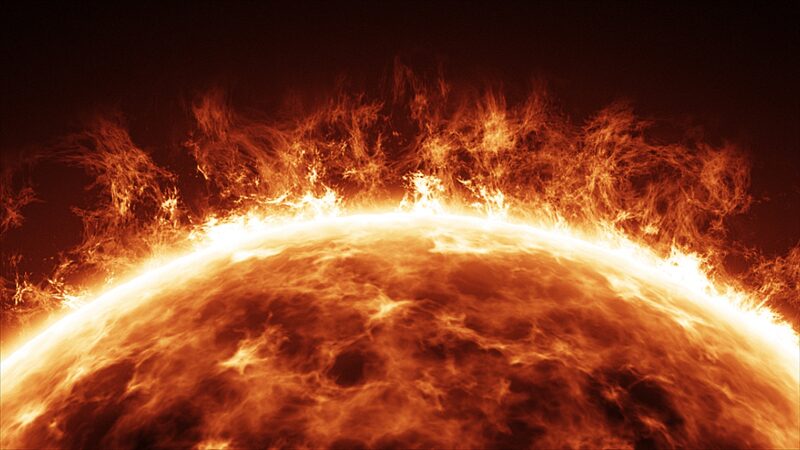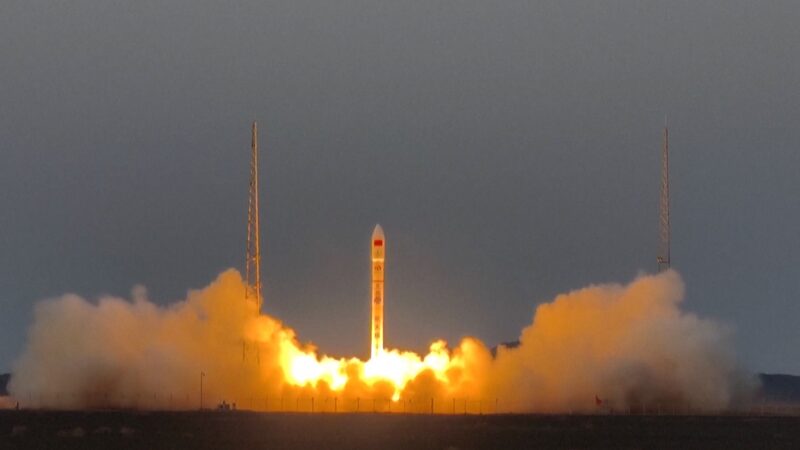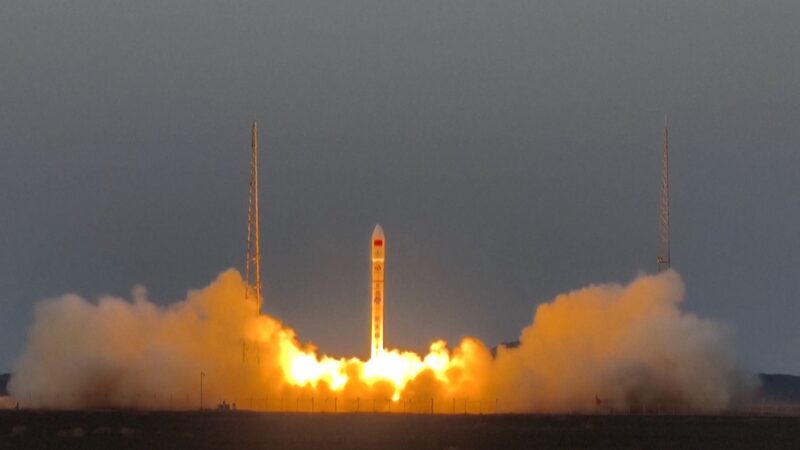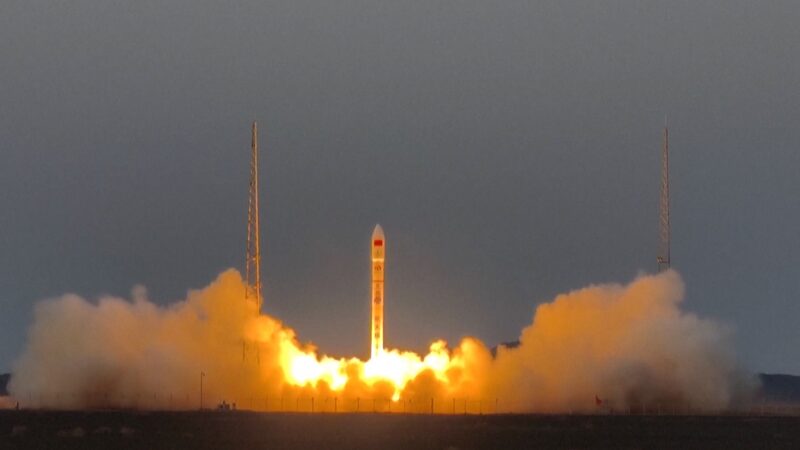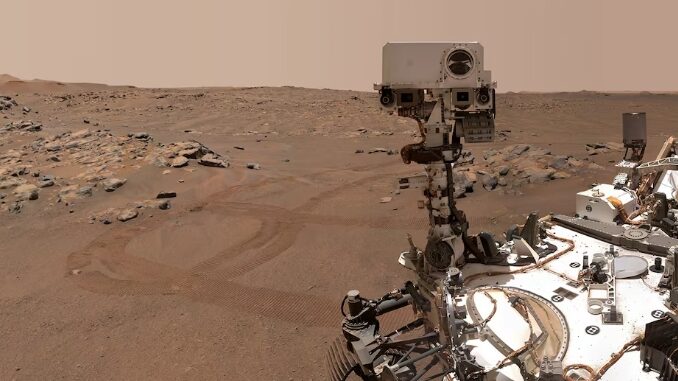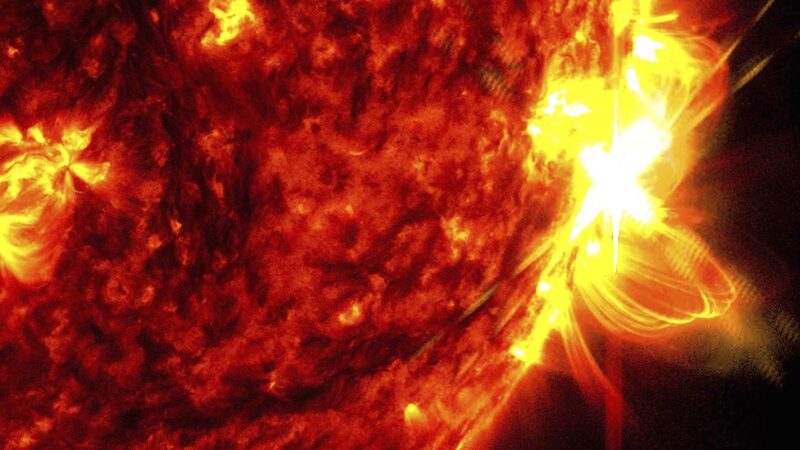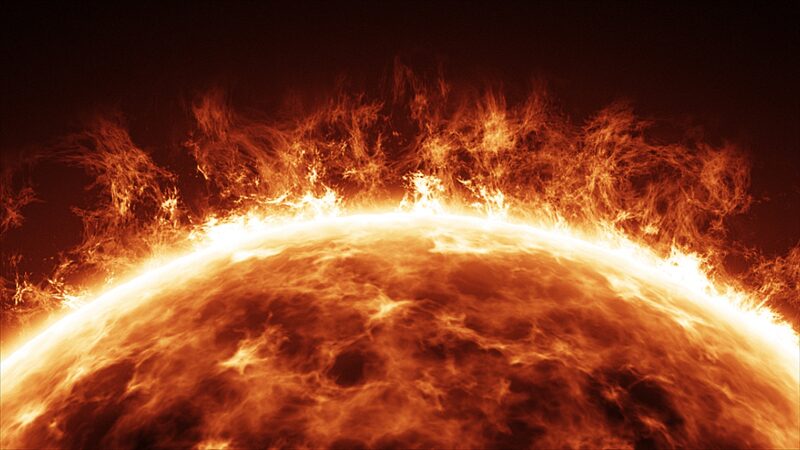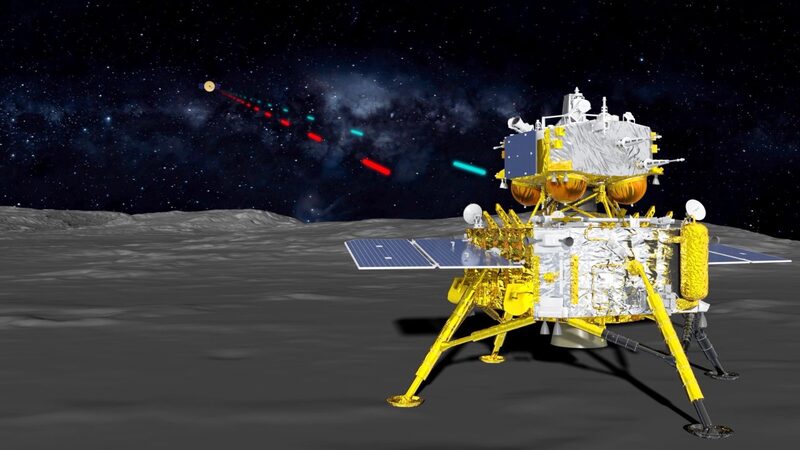NASA is poised to launch its groundbreaking CubeSat Radio Interferometry Experiment (CURIE) on Tuesday, embarking on a mission to unlock the mysteries of solar radio waves—an essential component driving space weather phenomena that affect Earth.
CURIE is scheduled to lift off aboard an Ariane 6 rocket provided by the European Space Agency (ESA) from the Guiana Space Center in Kourou, French Guiana. The mission will ascend to an altitude of approximately 360 miles (about 580 kilometers) above Earth’s surface.
By employing advanced radio interferometry techniques, CURIE aims to study radio burst emissions resulting from solar eruptions, including flares and coronal mass ejections in the inner heliosphere. These solar events are known to influence space weather, potentially increasing auroral activity and causing geomagnetic effects on our planet.
Developed by a team at the University of California, Berkeley, CURIE will be the first mission to measure radio waves in the 0.1-19 MHz frequency range from space—a feat impossible from Earth due to atmospheric interference at these wavelengths.
The mission leverages a novel approach called low-frequency radio interferometry, which has never been utilized in space before. This technique involves two independent spacecraft, each no larger than a shoebox, orbiting Earth approximately two miles apart. This separation enables CURIE’s instruments to detect minute differences in the arrival times of radio waves, allowing scientists to pinpoint their exact origins on the sun.
By advancing our understanding of solar radio emissions, CURIE has the potential to significantly enhance our ability to predict space weather events, safeguarding satellites, communication systems, and power grids on Earth.
Reference(s):
cgtn.com
